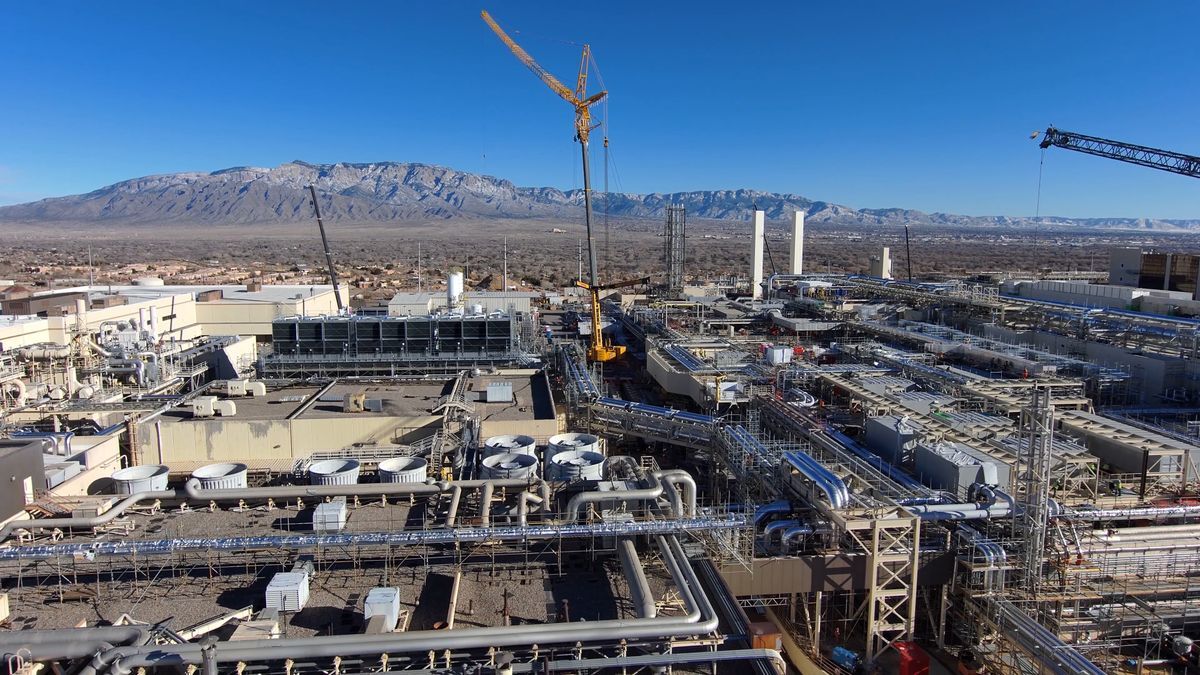The CSET study looked at fab construction between 1990 and 2020, and concluded that for the roughly 635 fabs built in that timeframe, the average time between the start of construction and production was 682 days. Three countries beat that benchmark: Taiwan at 654 days on average, Korea at 620, and Japan at a staggeringly fast 584 days. Meanwhile, Europe and the Middle East were about on par at 690 days, as was China at 701 days.
However, the U.S. clocked in at 736 days, well above the worldwide average and second only to Southeast Asia at 781.
Idk if I’m just a rube, but one month of difference doesn’t seem like that big a deal. Also this author says that Taiwan is a country and that environmental protections should be cut to speed up construction.
Yeah the framing there is kinda silly, but it does seem like the whole fab reshoring thing has been plagued with problems. The more interesting parts of the article were that the time to build fabs is increasing, especially in recent times
Things look even worse when you look at specific decades. In the 90s and 2000s, the U.S. was pretty fast and saw average construction times of about 675 days. In the 10s, that number dramatically increased to 918 days. Meanwhile, China and Taiwan were going at a much faster pace that decade, with an average completion time of 675 and 642 days, respectively.
and the number of fabs overall is at all time low
Naturally, the amount of fabs the U.S. is making at all has also declined. In the 90s, 55 fabs were constructed in the U.S., dropping to 43 in the 2000s and then to 22 in the 10s. At the same time, China is massively accelerating its fab construction, from 14 in the 90s to 75 in the 2000s to 95 in the 10s.
It’s also not just a month difference for the delays
The findings aren’t surprising, as many high-profile fabs have missed their original targets for production. TSMC’s Fab 21 in Arizona recently added a one-year delay, Intel’s Ohio fabs are apparently slipping from 2025 to late 2026, and Samsung delayed a Texas-based foundry to 2025 due to not receiving its CHIPS Act funds.
And there are a couple of related data points from TSMC and Samsung regarding fab construction
So, while I agree that EPA regulation isn’t the core problem here, I think it’s pretty clear that US is having trouble with the whole reshoring idea.
TSMC got delayed because the local union demanded they stop replacing them with foreign workers and Samsung is delaying their construction because they’re fighting with Intel for subsidies.
Lol and we call these companies “job creators” when we have to fight them to even hire us. And why can’t Samsung pull themselves up by their bootstraps and free market themselves a factory, hmmm? 🤔
deleted by creator
In Poland we call it “Szajsung” from German “scheisse”, because in 90’s we were flooded with their products which were drastically less reliable than what we were used to from Polish, Soviet and East German house aplliances and electronics.
It breaks down more so you have to buy more. Simple capitalist efficiency.
I imagine another factor is that they don’t really want to move fabs to US either.
In the 10s, that number dramatically increased to 918 days.
This is what I was told by a coworker who had been in the semiconductor industry for decades (can’t ask him for sources now because he’s dead):
During the Obama administration, they set up a tax cut to incentivize companies to build more factories, where you would get a tax break if you filed plans within a certain time frame, but you only needed to build one building to take advantage of it on the planned future construction. As an example, Intel slowly built a new fab in Arizona, and, once it was completed, they left it empty for years, only starting to install equipment in 2019. This facility was also built with the move to 450mm wafers in mind, so it was much larger than previous fabs. The move to 450mm wafers never happened, and probably never will.A big part of the speed is the extremely poor mid to long term planning. Constant rework because of constantly changing demands, slashing workforces during slow periods and then struggling to fill positions long after they should have been filled, and more bullshit as you can imagine.
This was a really great read on the subject as well, it mentions how fab facilities built for one generation of chips can’t easily be reused for another because the process changes so much. So, yeah those 450mm facilities are basically useless at this point. https://compactmag.com/article/fighting-a-chip-war-on-the-cheap
I garentee its not actually the regulations slowing this down, this is just the industry taking advantage of American ineptitude to get regulations pealed back
wouldn’t surprise me
Worst part os most regulations in the US hardly have teeth and have to take into consideration “profitability” of who they are regulating
It might actually be true. US bureaucracy is notoriously understaffed, while the regulatory and legal code itself is insanely complicated because it is both a common law system and decentralized.








